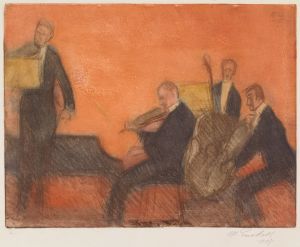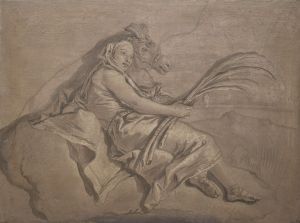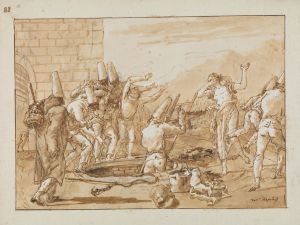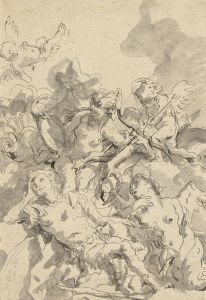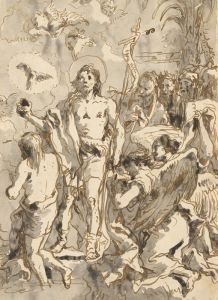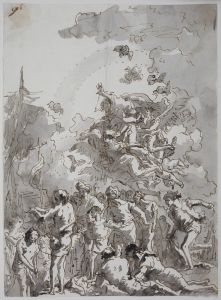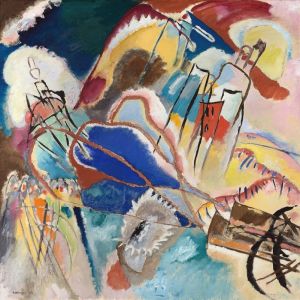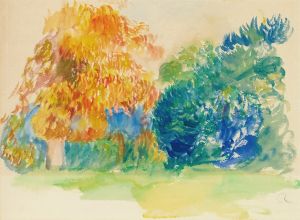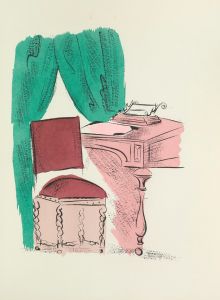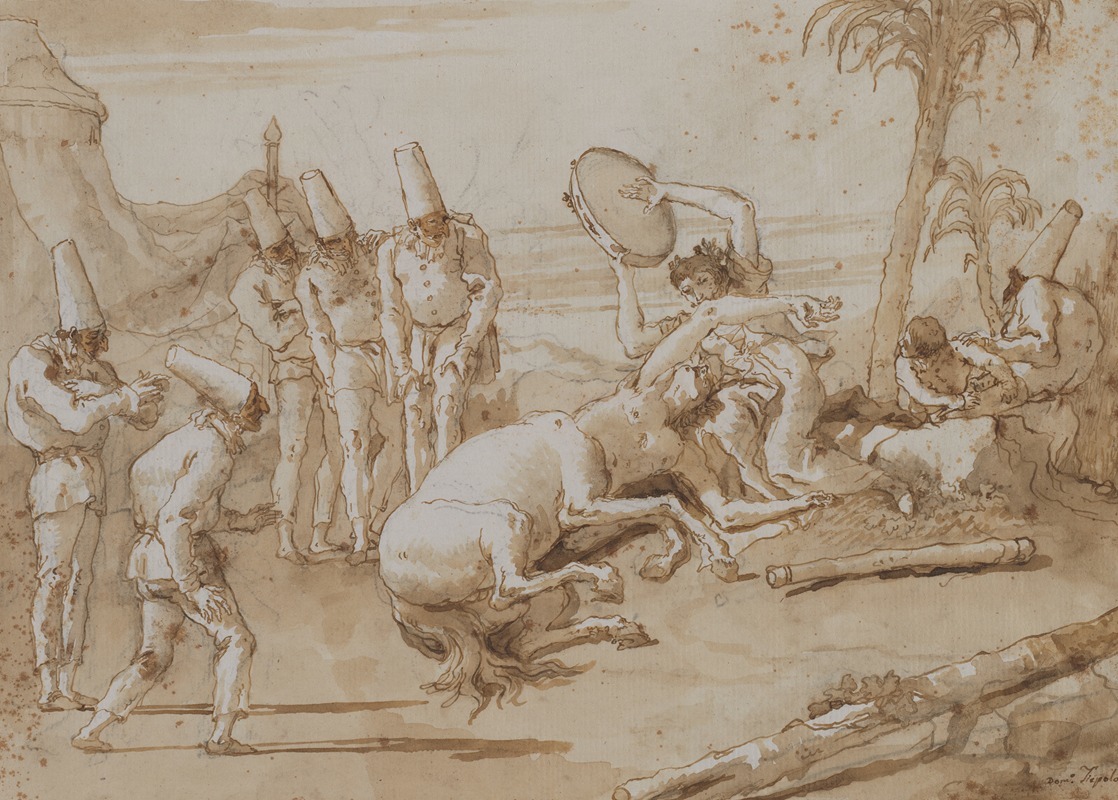
The Woman with a Tambourine
A hand-painted replica of Giovanni Domenico Tiepolo’s masterpiece The Woman with a Tambourine, meticulously crafted by professional artists to capture the true essence of the original. Each piece is created with museum-quality canvas and rare mineral pigments, carefully painted by experienced artists with delicate brushstrokes and rich, layered colors to perfectly recreate the texture of the original artwork. Unlike machine-printed reproductions, this hand-painted version brings the painting to life, infused with the artist’s emotions and skill in every stroke. Whether for personal collection or home decoration, it instantly elevates the artistic atmosphere of any space.
"The Woman with a Tambourine" is a painting by Giovanni Domenico Tiepolo, an Italian artist known for his Rococo style and his contributions to the Venetian school of painting. Giovanni Domenico Tiepolo, often referred to as Giandomenico, was born on August 30, 1727, in Venice, Italy, and was the son of the renowned painter Giovanni Battista Tiepolo. Giandomenico was trained by his father and worked closely with him on various projects, developing his own distinctive style that combined elements of his father's grand manner with a more intimate and genre-focused approach.
"The Woman with a Tambourine" is a fine example of Giandomenico's genre painting, which often depicted scenes from everyday life with a touch of theatricality and charm. This painting features a woman holding a tambourine, a musical instrument that was commonly associated with dance and festivity. The subject is portrayed with a sense of movement and grace, capturing a moment of lively expression.
The painting showcases Giandomenico's skill in rendering human figures with a sense of vitality and emotion. The woman's attire and the background details suggest a setting that is both elegant and informal, characteristic of the Rococo period's fascination with pastoral and playful themes. The use of light and color in the painting reflects Giandomenico's mastery of the Venetian palette, with soft, luminous tones that enhance the overall composition.
Giandomenico Tiepolo's work often included elements of commedia dell'arte, a form of Italian theater characterized by masked types and improvised performances. While "The Woman with a Tambourine" does not explicitly depict a commedia dell'arte character, the lively and expressive nature of the subject aligns with the theatrical influences present in much of his work.
Throughout his career, Giandomenico Tiepolo produced a wide range of artworks, including frescoes, religious paintings, and genre scenes. He worked on significant commissions alongside his father, such as the frescoes in the Würzburg Residence in Germany. After his father's death in 1770, Giandomenico continued to develop his own artistic voice, creating works that were appreciated for their charm and narrative quality.
"The Woman with a Tambourine" is part of the collection of the Museo del Prado in Madrid, Spain. The Museo del Prado houses an extensive collection of European art, and Giandomenico Tiepolo's painting is among the notable works that represent the Rococo period. The painting's inclusion in the Prado's collection highlights its significance and the enduring appeal of Giandomenico's art.
In summary, "The Woman with a Tambourine" by Giovanni Domenico Tiepolo is a captivating example of Rococo genre painting. It reflects the artist's ability to infuse everyday scenes with elegance and vivacity, showcasing his technical skill and his connection to the theatrical traditions of his time. The painting remains an important piece within the context of 18th-century Venetian art and continues to be appreciated by audiences today.





